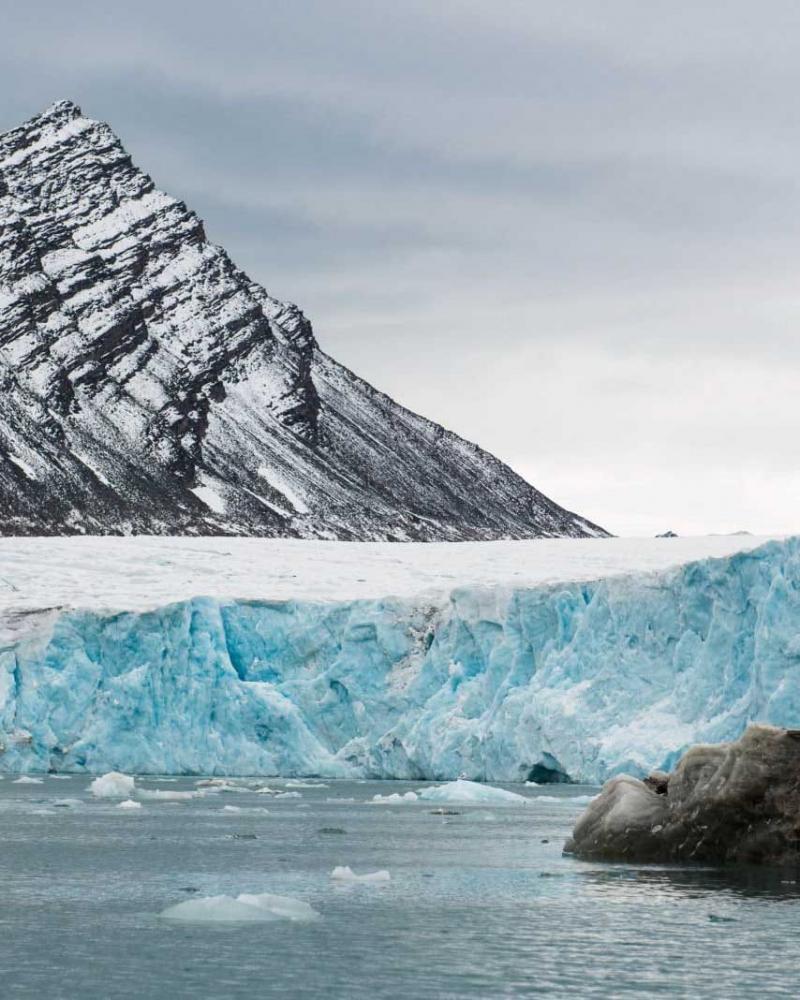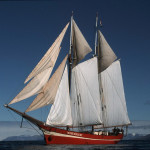Around Svalbard
Spitsbergen
Longyearbyen > Trygghamna > Fuglefjorden > Magdalenafjorden > Murchinson bay > Torrellneset > Braswellbeen > Diskobukta > Hornsund > Recherchefjord > Longyearbyen
A circumnavigation around Spitsbergen offers you the best opportunities for a complete Arctic experience. Step aboard the sailing ship Noorderlicht and join us in searching polar bears, walruses & whales, arctic foxes and special bird species such as the ivory gull and puffins. Be amazed at the versatility of the Arctic wilderness with spectacular glaciers, encounters with Arctic animals and delve into the history of Spitsbergen with a visit to historic whaling stations.
Gesproken talen aan boord: English
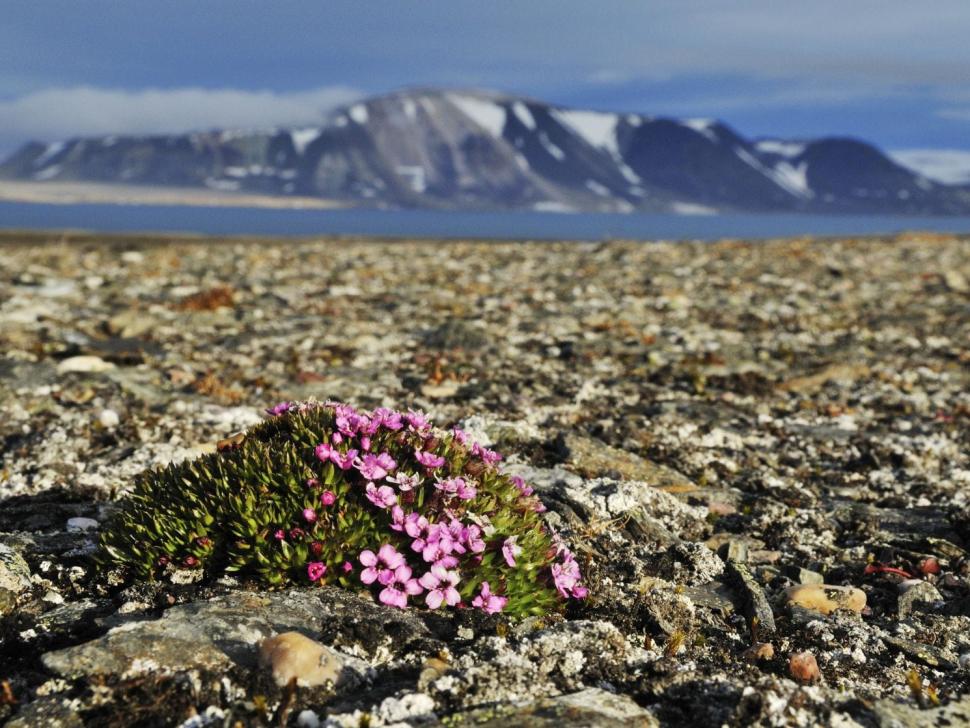

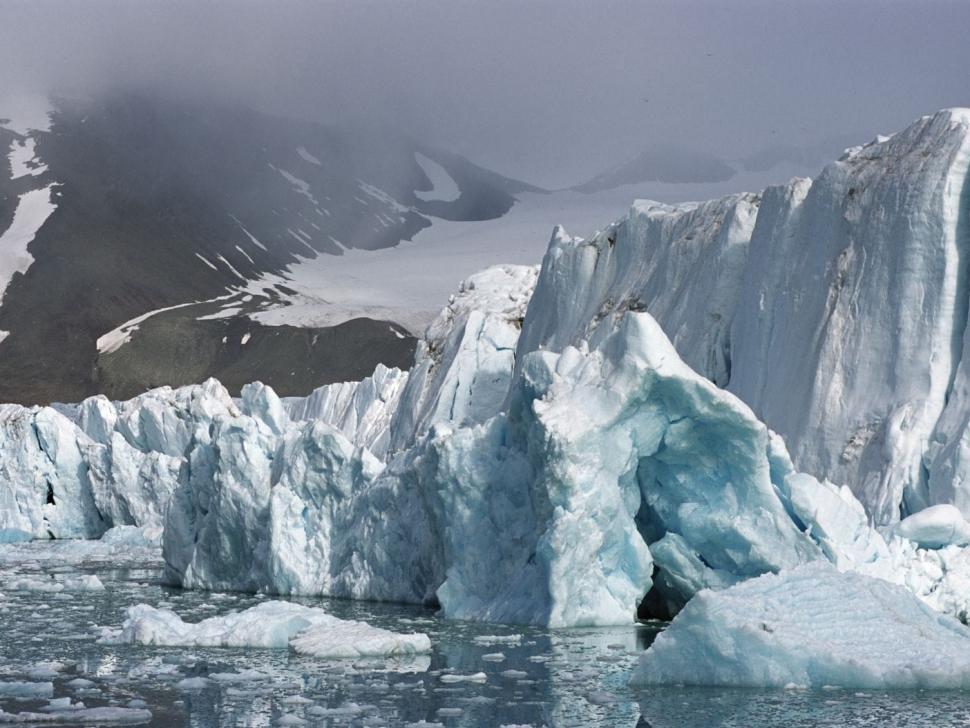
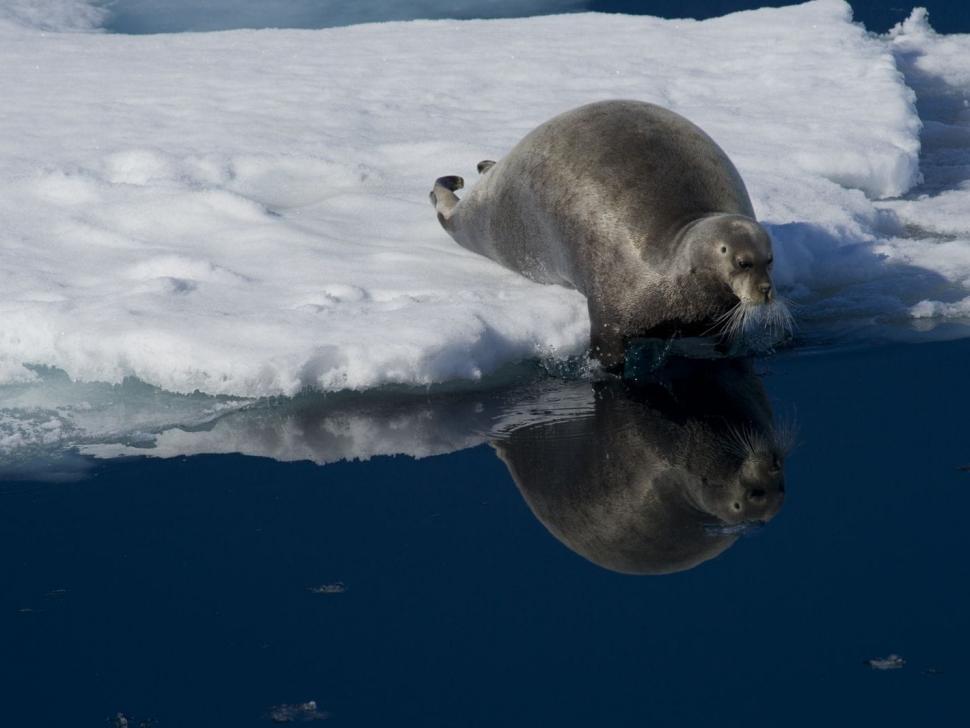
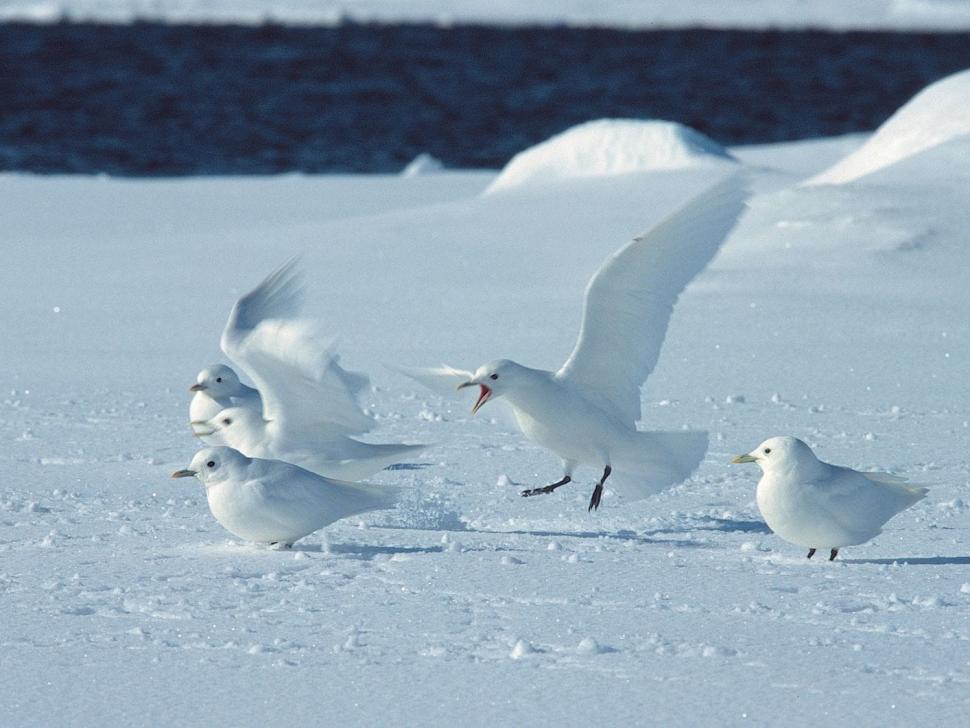

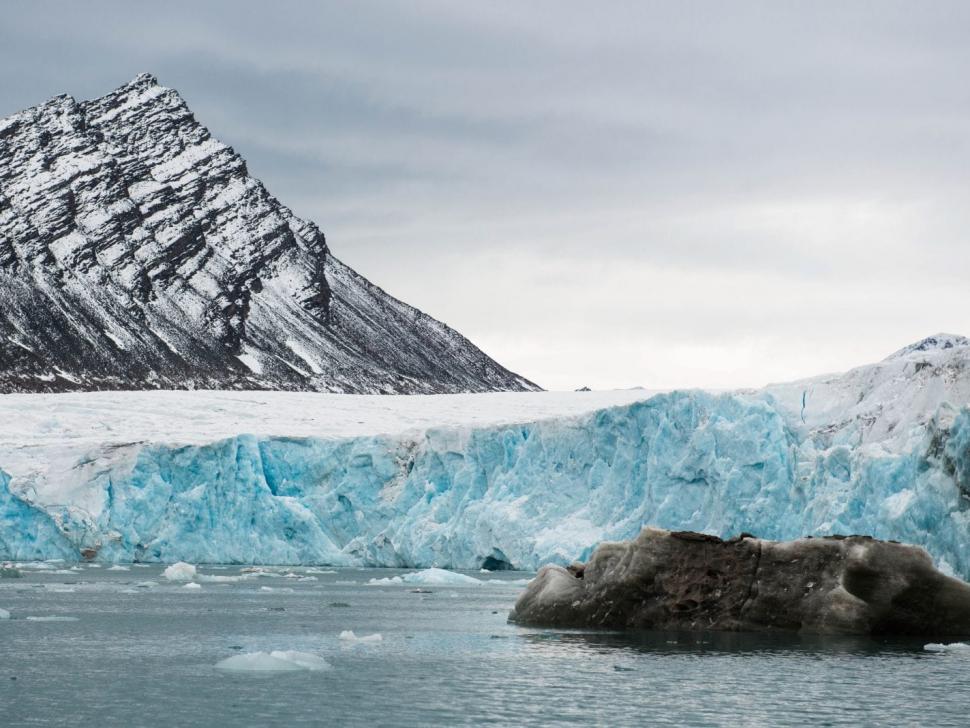
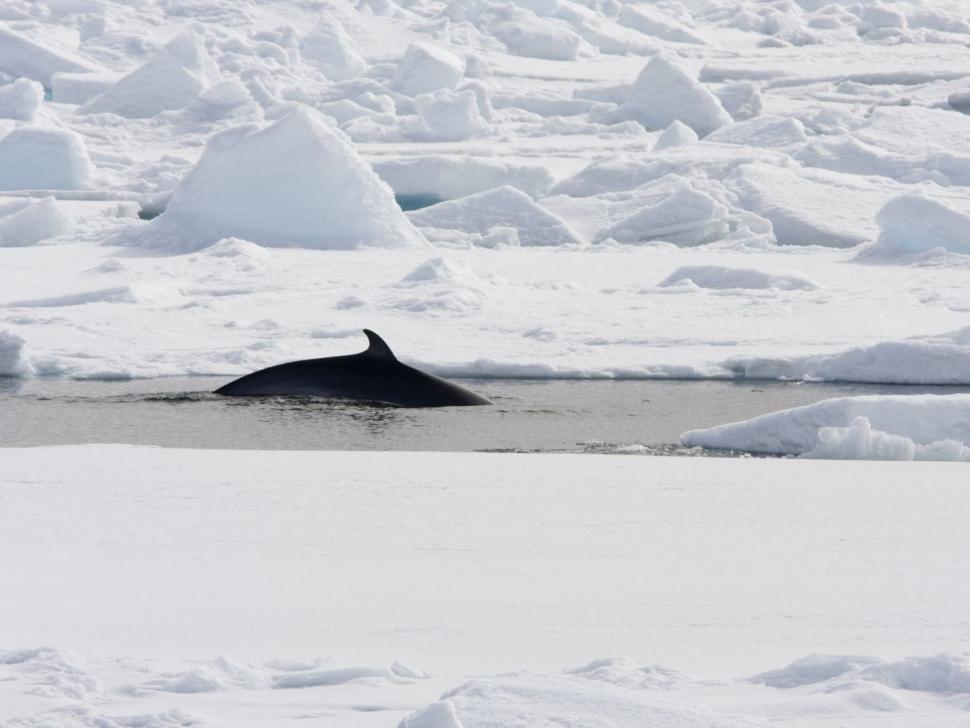
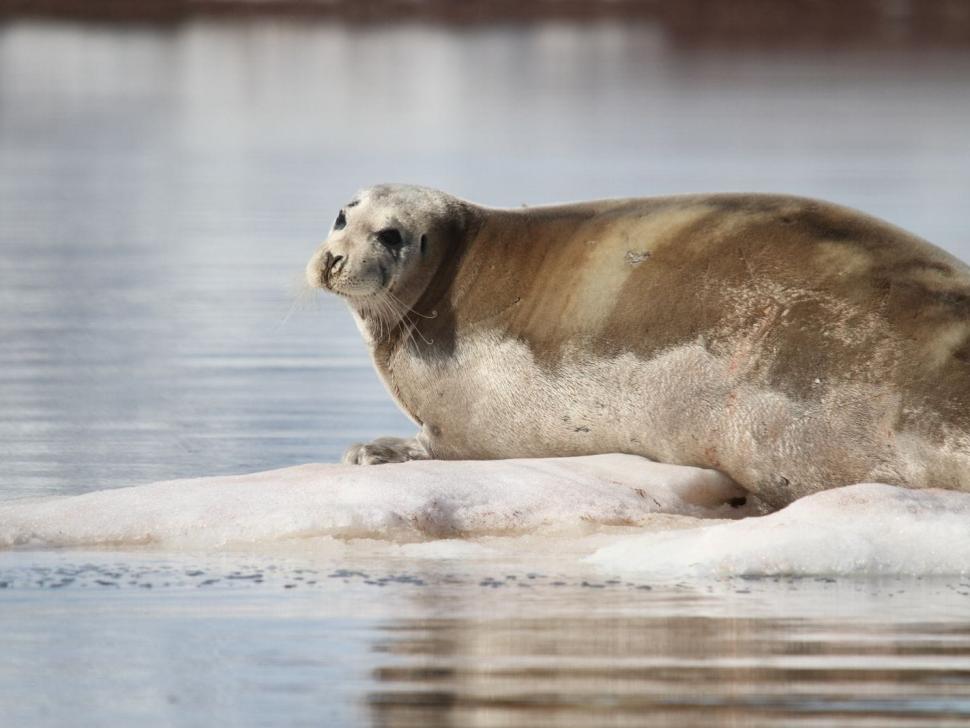

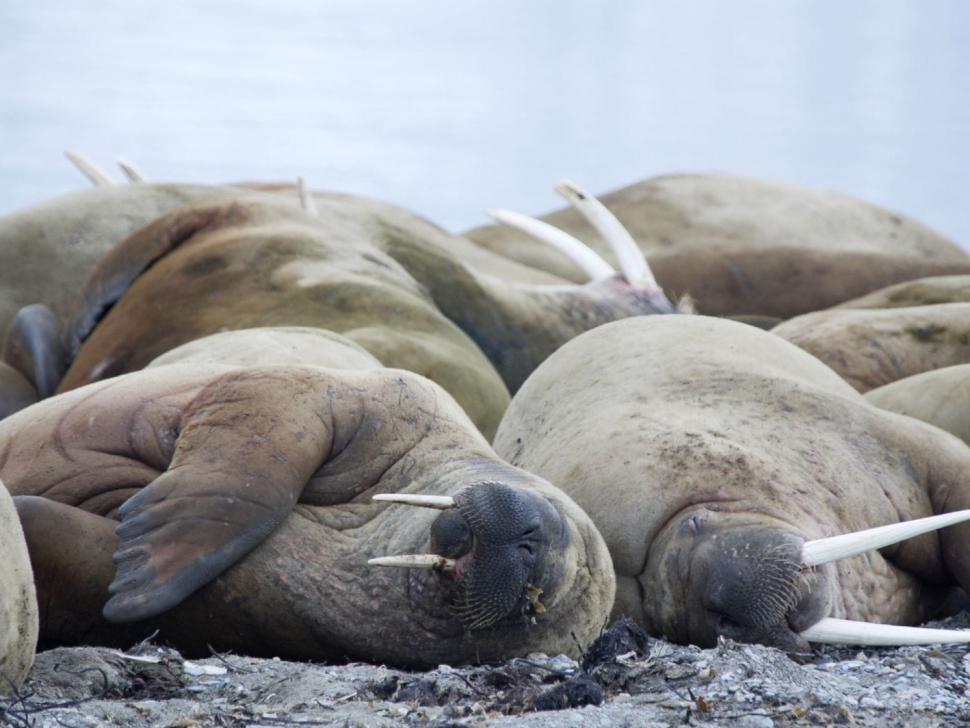
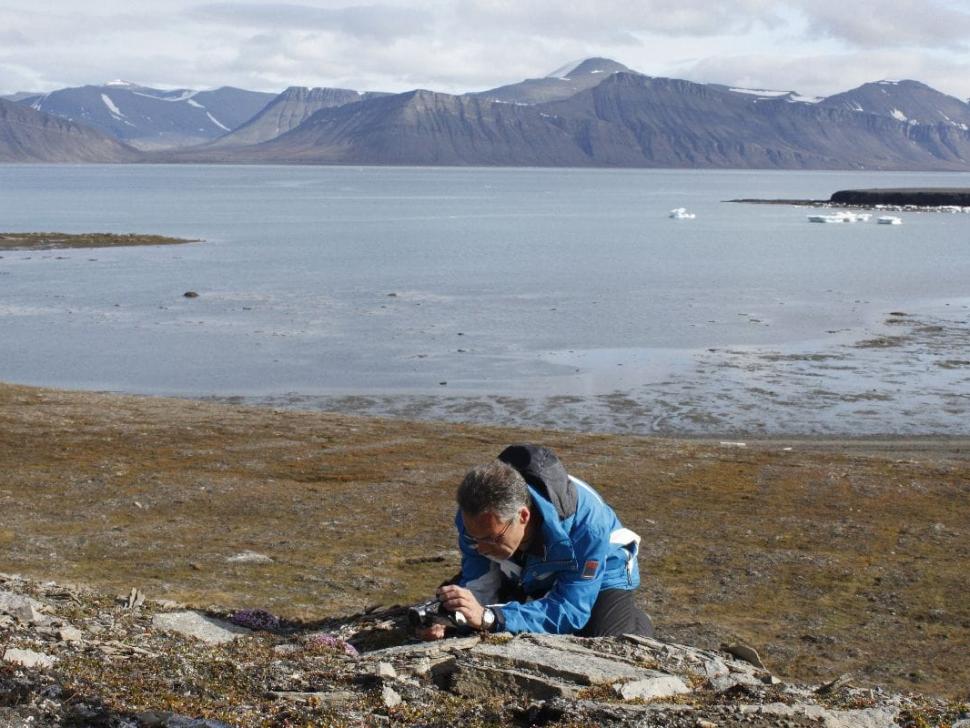
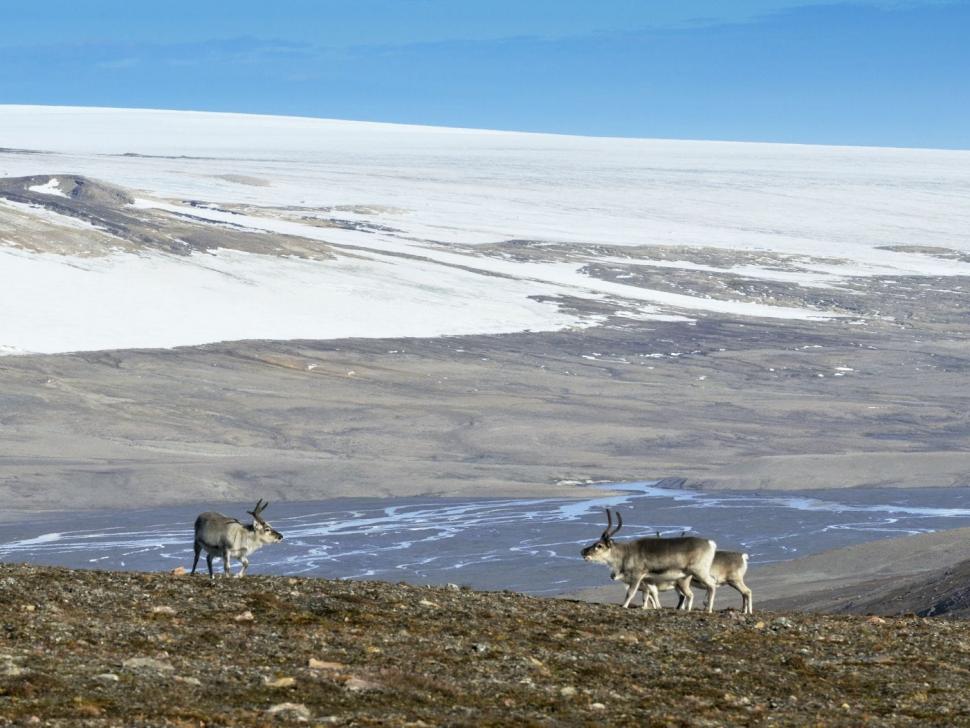
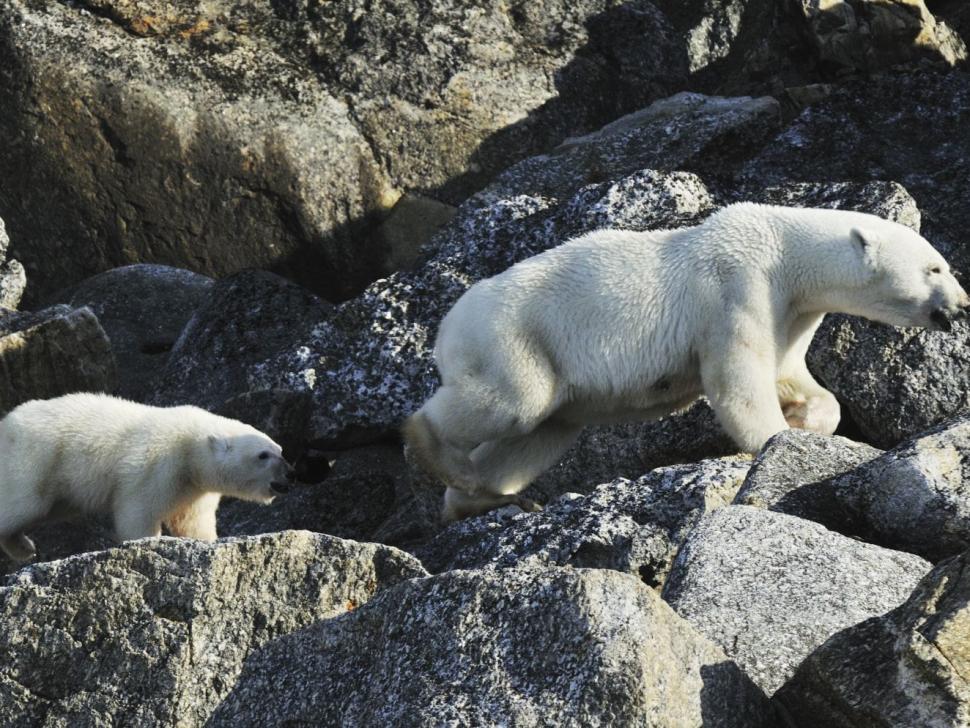
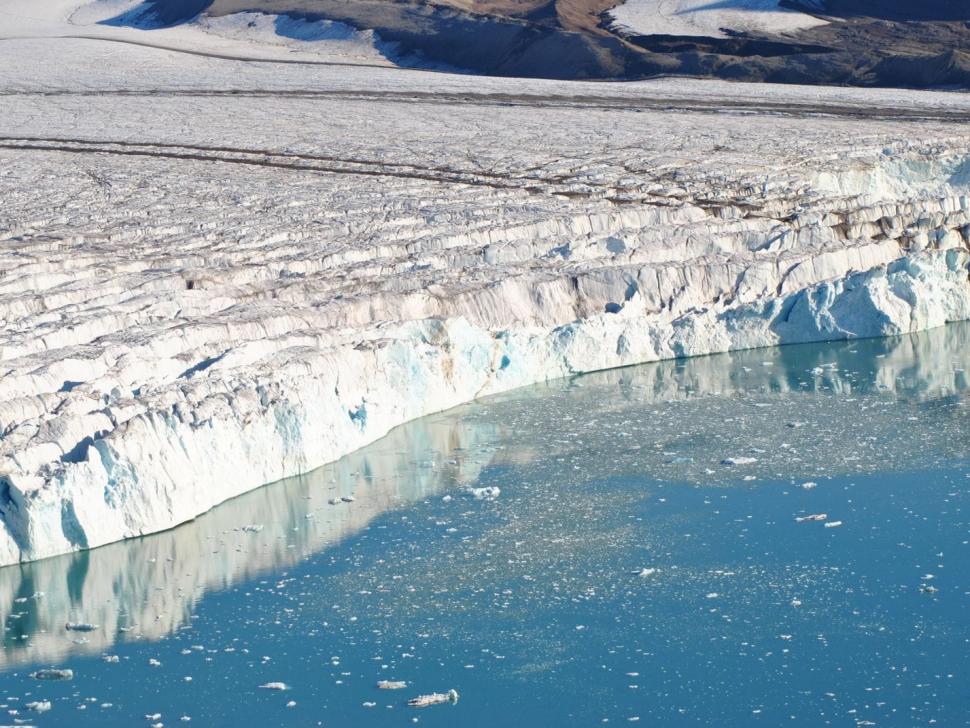
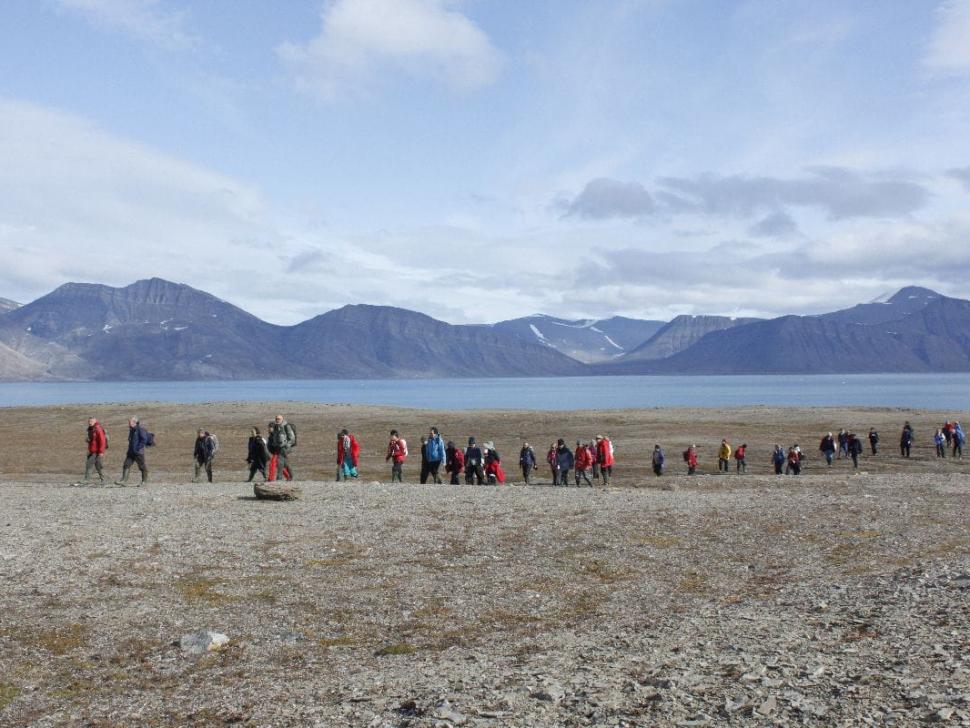
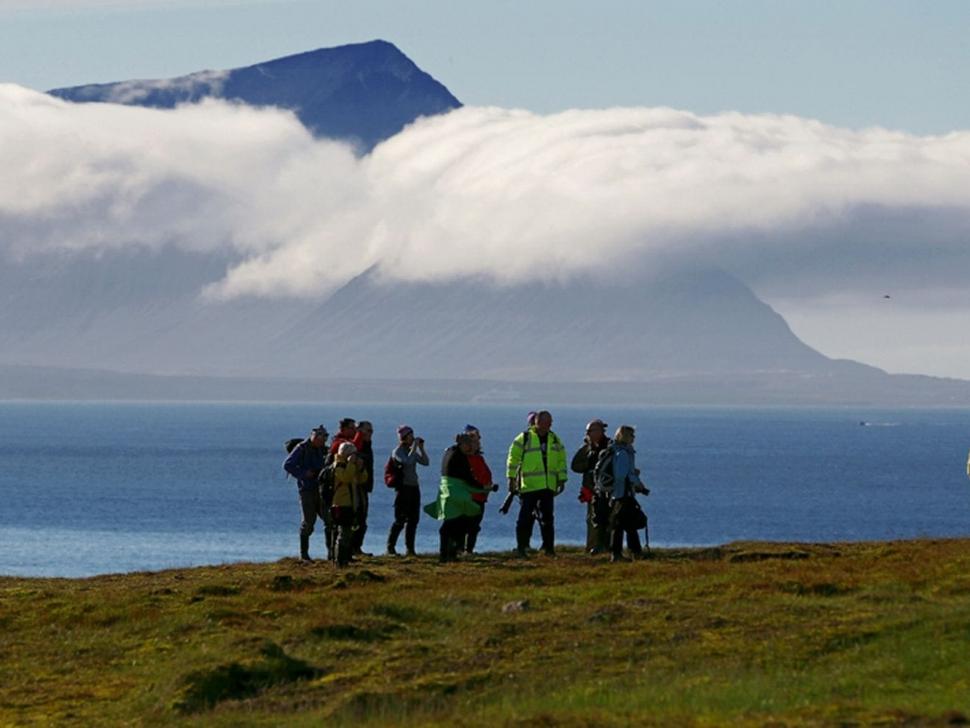

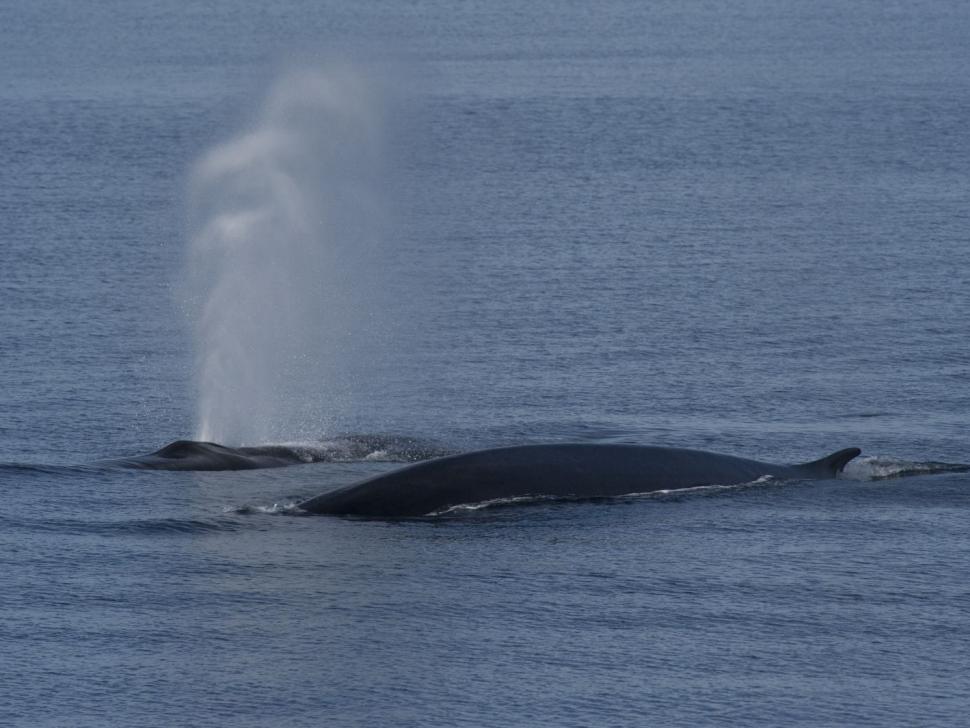
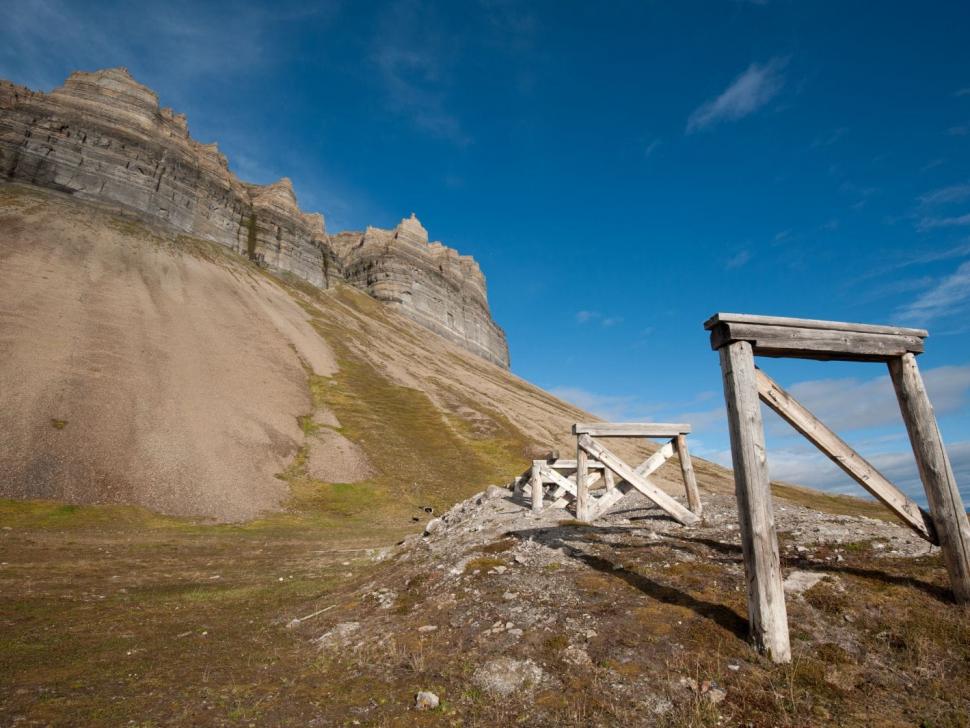
Day 1: Embarkation in Longyearbyen
You will arrive at the small airport of Longyearbyen, located about 15 minutes drive from the centre of the small town. Longyearbyen is the largest inhabited settlement in Spitsbergen and the world’s most northerly inhabited town with more than 1000 inhabitants. If you have the opportunity, it is an absolute must to visit the Svalbard museum. Here you can delve into the history of the island, the coal mining industry, the wealth of unique polar animal species, scientific developments and the many polar expeditions. After your visit, you can take a walk into the former mining town where you will find several shops offering a collection of unique Arctic products and souvenirs. The Svalbard Global Seed Vault, which preserves the global variety of agricultural crops, is also located nearby.
Our sailing ship Noorderlicht will be waiting for you at the so-called ‘floating pier' where you can embark from 16:00. After a welcome from the captain, the mooring lines will be cast off and you will receive a comprehensive safety briefing from the crew. Subsequently you will enjoy a first delicious 3-course dinner on board, while the ship sets course towards the Bellsund.
Day 2: Glacier Fridtjofbreen and the historic sights in the Bellsund
In the Bellsund we will hopefully organize a landing at Midterhuken, where we have a fantastic view of the youngest mountain chain (65 million years) of Spitsbergen. A collision of continental plates has created the fold and break lines that we can see on the mountain. During lunch we will sail to Kapp Toscane, where we will be dropped off near 3 old row boats. From there we walk to Kvitfiskstranda ('white whale beach') where there is a hut called Bamsebu. At this location, a massacre of whales took place in the 19th century and the bones of the unfortunate animals are still to be seen on the beach as a grim reminder of the past. Fortunately, despite the massive hunting of belugas in the past, they are often spotted in the fjords again. Depending on the weather conditions we will sail further towards the Hornsund or the South Cape of the island of Spitsbergen.
Day 3-4: Around the South Cape towards the east of Spitsbergen
If the weather - and ice conditions are favourable to us, we will visit the Hornsund, one of the most inhospitable and icy fjords of Svalbard. In this fjord we will find many steep glacier fronts and we have a high chance of encountering seals and belugas. We may visit the Polish research station in Isbjornhamna, where we can get information about their scientific programs. These two days are focussed on rounding the notorious Southern Cape. Due to the currents that converge here, from the Arctic Ocean and the Barents Sea, it is important to plan this carefully. As soon as we arrive in the Storfjorden, we have a good chance of encountering groups of whales. We then sail in northerly direction to the island EdgeØya, named after the English merchant and whaler Thomas Edge who claims to have discovered the island in 1616. This island is known for its large reindeer population as well as for its polar bears.
Due to the flat and accessible island we have the possibility of a landing at Kapp Lee near Dolerittneset ('Dolerite point'). The wide tundra is dotted with reindeer antlers and whale bones and you can often find arctic foxes and large colonies of kittiwakes here. The hut on display at Kapp Lee was built in 1968 for a Dutch scientific expedition and has been the Arctic home for 4 Dutch researchers for 14 months.
Day 5: Visit the impressive Negribreen, Heleysundet & 'Noorderlichtbukta'
Today a visit to the 15 km long Negribreen, one of the largest and most impressive glaciers in Spitsbergen, is planned. Curiously, the white glacier is also called 'Black Glacier' after Baron Christoforo Negri (1809-1896), an Italian geographer. The glacier has receded significantly in recent decades, but still has the widest calving front on the main island of Spitsbergen. As we approach the glacier, we will encounter blue icebergs, the blue colour indicating very old ice. A beautiful sight where every photographer can indulge themselves! Moreover at this location ivory gulls and Norwegian fulmars are often spotted.
After taking plenty of time for the Negribeen, we will attempt to sail through the Heleysundet, a narrow channel notorious for its strong currents. In the channel there is a nameless bay where only our red sailing ship is known to have anchored. The crew of the Noorderlicht has therefore given this bay a name: the 'Noorderlichtbukta'. Here we have the possibility of a nice walk under and on top of the cliffs of Straumslandet.
Day 6: The famous bird cliff Alkefjellet
Depending on the tide we leave the Heleysundet to set sail in the direction of the spectacular bird cliff Alkefjellet. This bird cliff overlooking the Hinlopenstraat is literally translated as “the mountain of the guillemots”. We will take our time at this natural wonder viewing the 60,000 short-billed guillemots breeding here. The Noorderlicht is small enough to cruise along the base of the cliff, eliminating the need to view it from the zodiac, so sit back and relax to see the seabirds up close.
We will spend the rest of the day sailing in a northerly direction through the Hinlopenstraat. The Hinlopenstraat is a 150 km long strait that separates Spitsbergen and Nordaustlandet and is often difficult to navigate because of the dense pack ice. It is named after the 17th-century Dutch merchant Thijmen Jacobsz Hinlopen. In the Lomfjorden we will look for an anchorage for the night.
Day 7: Nordaustlandet – the northeastern limit of our trip
After a morning walk in Faksevagen with impressive views over the glacier Gullfaksebreen, we cross the Hinlopen Strait towards the most northeastern island of this trip: Nordaustlandet. This island is largely covered by the two large ice caps Austfonna and Vestfonna. From a distance the landscape seems inaccessible, cold and inhospitable, but many places are unexpectedly open and lush. Compared to the rest of Spitsbergen there are fewer remains of human activity to be found here, due to the isolated location, although we can find traces of Norwegian and Russian influence on the landscape. We may take an evening walk at the special landmark Kinnvika, where a Swedish-Finnish research station dating from 1957-58 can be visited. The project was abandoned in 1959 when funding ran out, making the 10 vacant wooden buildings now seem mysterious. Don't forget to bring your camera to this photogenic place.
Day 8-9: 80 degrees north towards the 'de Zeeuwse Uitkijck'
During the next two days we celebrate passing the most northerly point of our journey at a latitude of 80 degrees north. We sail along the island of Moffen, a walrus and bird sanctuary, where we keep a good lookout to see groups of walruses. In this northern area, the ice determines where to sail and where to go ashore. Depending on the circumstances we can explore the natural harbor Mushamna and the immense glacier front of the Monaco Breen in the Love Fjord or we sail to the Raudfjorden with his typical red mountains. Due to the cold climate and ice, we have a good chance to spot polar bears and seals.
Possibly during one of these days we will find an anchorage close to Ytre NorkskØya where we hopefully can land at the' Zeeuwsche Uitkijck. Here in 1617, whalers from Zeeland built a blubber cookery and were able to keep a good lookout over the sea for whales from the highest point of the island. The remains of the blubber furnaces remain on the coast and the graves of Dutch whalers can still be found, well preserved in the frozen subsoil.
Day 10: Whaling history at Smeerenburg
Sailing further on to the West, we proceed to AmsterdamØya, where we can get a good insight into the 17th century whaling. Here you will find Smeerenburg, a former settlement of Dutch whalers that grew into the center of Dutch whaling in the period from 1617 - 1646. The settlement consisted of warehouses, homes and a blacksmith shop. Horseshoe shaped ovens were used to boil the blubber of the whales, to extract oil which was used for soap and fuel for lamps. Today, little can be seen of the activities that took place 400 years ago. Remains of blubber ovens, tombs and houses can still be found here and there.
Day 11-12: The glaciers of Kongsfjord and Krossfjord
From now on we sail South, and may be able to land at the breathtaking blue-green bay of the Magdalenafjord. With rugged and pointed mountain peaks and impressive glaciers you find yourself here in a small Arctic paradise. In the mouth of the inlet, at Graveneset, roughly 160 graves from whalers from the 17th and 18th century are found between the remains of two furnaces which were used to boil the blubber of the whales.
We sail onwards to the beautiful Kongsfjord and Krossfjord where we will be greeted by the towering face of the “14th July” glacier. Bearded seals often lie to rest on the broken ice floes, and near the glacier we may find breeding colonies of black-billed guillemots, kittiwakes and puffins.
These fjords offer numerous sights. For example, we may be able to organize a landing on the Blomstrandhalvoya peninsula, where the remains of a marble mine can be seen at Ny London. From this location we also have a beautiful view of the Tre Kroner, the three iconic mountain peaks that shine through the ice cap.
Alternatively, in bad weather conditions, we can visit the former mining town of Ny Alesund. Ny Alesund is the world's most northerly settlement and today a renowned polar research center. Big names such as Norwegian explorer Roald Amundsen and aviation pioneer Umberto Nobile have started their historic polar expeditions here.
Day 13: Walruses and a panoramic view on the Prins Karls Forlandet
Today we will start early, sailing a southerly course towards the St. Johnsfjord. To get there we will navigate the Forlandsundet strait. Historically, the Forlandsundet strait has always been a fear for many whalers, because of the Forlandsrevet sandbank on the north side. Due to its shallow draft, the Noorderlicht is one of the few ships that can navigate these waters although the crew will need full concentration. In the meantime, do not forget to keep an eye out for large groups of walruses that can often be found at Sarstangen and Poolepynten! They form a beautiful scene with panoramic mountains in the background that cameras love.
If we can complete this passage, we will make a landing at Murraypynten, named after a Scottish oceanographer, where we can see walruses at close quarters. Also, from the hills, you have a beautiful panoramic view of the rugged mountain and glacial landscape of Spitsbergen and the flat landscape at the foot of the mountain makes for wonderful easy walking. On the south side of Murraypynten you can visit a ruin of a hut built by a German expedition in 1963. In the afternoon we will continue the journey south, towards the St. Johnsfjord, where we will anchor in the sheltered bay.
Day 14: Ghost Town in Soviet style: Barentsburg
Depending on the availability of a berth in Barentsburg, we will sail towards the Russian mining settlement where we will arrive towards the end of the afternoon. After an adventurous journey in untouched nature everyone can get used to civilization again. The name Barentsburg was given in 1924 by the Dutch Spitsbergen Company to the then Dutch mining settlement. In 1926 the mining town was taken over by the Russians, after which it grew into a town of miners with more than 1000 inhabitants. Today there are still about 400 people of mainly Russian or Ukrainian descent. Since the mine has not been profitable for a long time, the focus has shifted more and more to tourism.
From the dock where our ship is moored, we will first have to climb some 140 wooden steps before we enter the main street. Here we will see that the Soviet period has left its mark. There is a life-size bust of Lenin in the middle of the town, billboards with photos of workers and modernist Soviet buildings. Furthermore you can find the world’s most Northerly brewery and find the Pomor museum. In the evening you can enjoy the locally brewed beers and Russian snacks, together with part of the crew of the Noorderlicht.
Day 15 : Sailing towards Longyearbyen
In the morning we hope to make a final landing in Colesbukta, a former port used for transporting coal to the Soviet settlement Grumantbyen. We will see the remains of the once thriving coal industry and will visit the abandoned hut of the Russian geologist Vladimir Rusanov. Weather permitting, we will spend the rest of the day sailing back to Longyearbyen. Upon arrival in the Arctic town, enjoy some free time buying your last souvenirs or simply take a walk to soak up all the impressions of the week. Around dinner time you are expected back on board where the crew has a last surprise in store for you. The remainder of the evening is yours to share with the crew and your fellow travelers.
Day 16: Goodbye Noorderlicht!
Unfortunately, our adventure through the Arctic landscape of Spitsbergen has come to an end. After a hearty breakfast, you are kindly requested to disembark by 09:00. We hope that we have been able to show you the variety and beauty of Spitsbergen and that you enjoyed an unforgettable experience on board the Noorderlicht.
CABINS & PRICES
- € 5450,- berth in shared cabin STANDARD
Share your cabin with others for the best price - € 5.600,- berth in shared cabin PLUS
Share a PLUS cabin - € 8.400,- Complete cabin
a complete cabin for 1 perso
Included in this voyage
- Voyage aboard the indicated vessel as indicated in the itinerary
- All meals throughout the voyage aboard the ship including snacks, coffee and tea.
- All shore excursions and activities throughout the voyage by Zodiac.
- Program of lectures by noted naturalists and leadership by experienced expedition staff.
- Transfers and baggage handling between the airport, hotels and ship only for those passengers on the group flights to and from Longyearbyen.
- All miscellaneous service taxes and port charges throughout the programme.
- AECO fees and governmental taxes.
- Comprehensive pre-departure material.
Excluded from this voyage
- Any airfare, whether on scheduled or charter flights
- Pre- and post- land arrangements.
- Passport and visa expenses.
- Government arrival and departure taxes.
- Meals ashore.
- Baggage, cancellation and personal insurance (which is mandatory).
- Excess baggage charges and all items of a personal nature such as laundry, bar, beverage charges and telecommunication charges.
- The customary gratuity at the end of the voyages for stewards and other service personnel aboard (guidelines will be provided).
PLEASE NOTE: All itineraries are for guidance only. Programs may vary depending on local ice, weather, and wildlife conditions. Flexibility is paramount for expedition cruises. Willingness to compromise on comfort is a basic requirement on board a historic sailing vessel. Important information about the sailing program: The boat is equipped with sails to be used in good conditions (based on open sea, water depth, wind, and time). This is not guaranteed. The captain decides whether to use the sails or the engine. There is no claim to one or the other propulsion method. If sails are used, the crew operates them. Guests must follow the safety instructions of the team. The average cruising speed for s/v Noorderlicht is 6 knots
Noorderlicht
Bouwjaar 1909
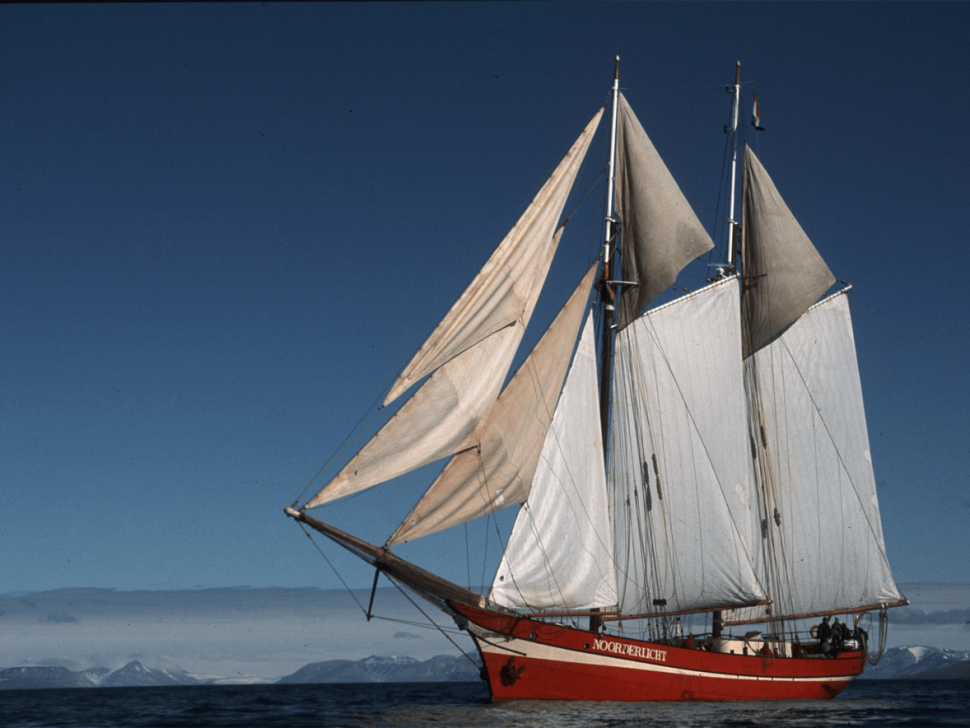
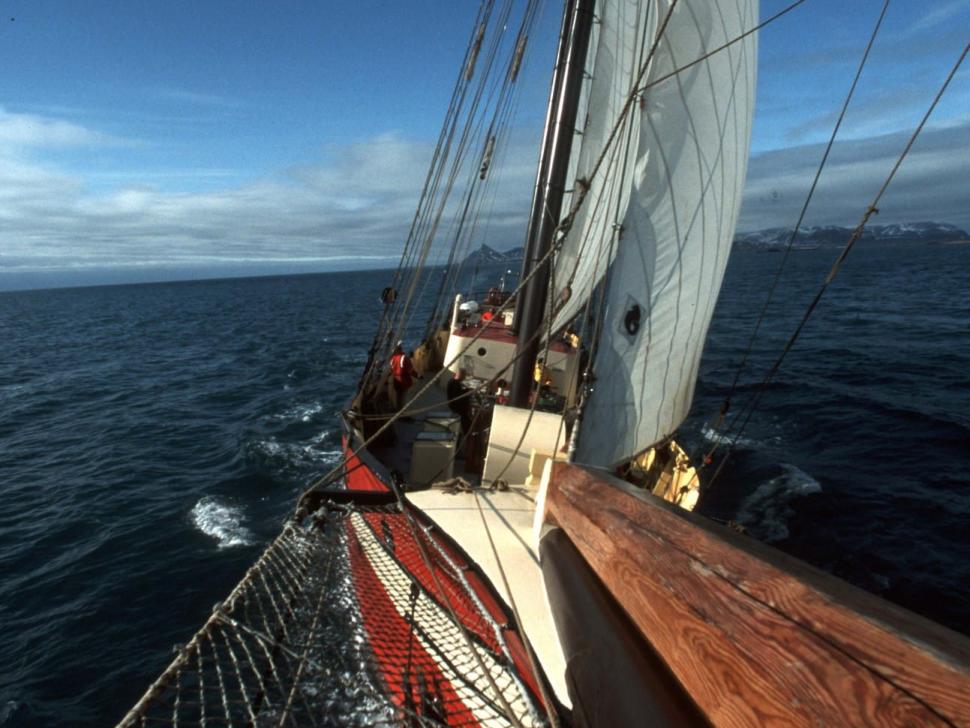


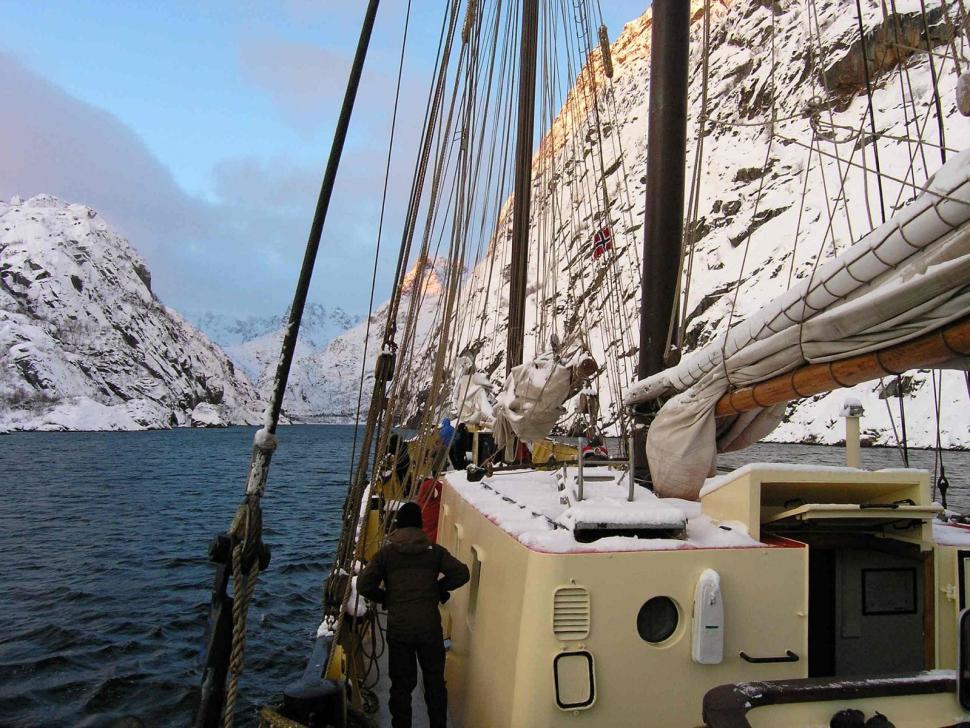
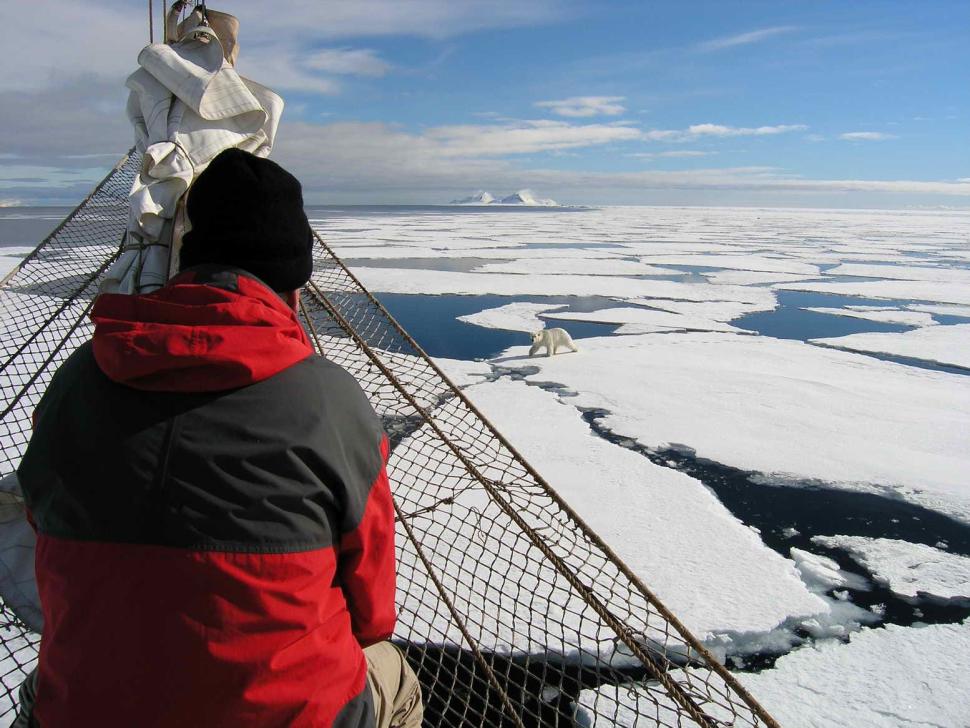

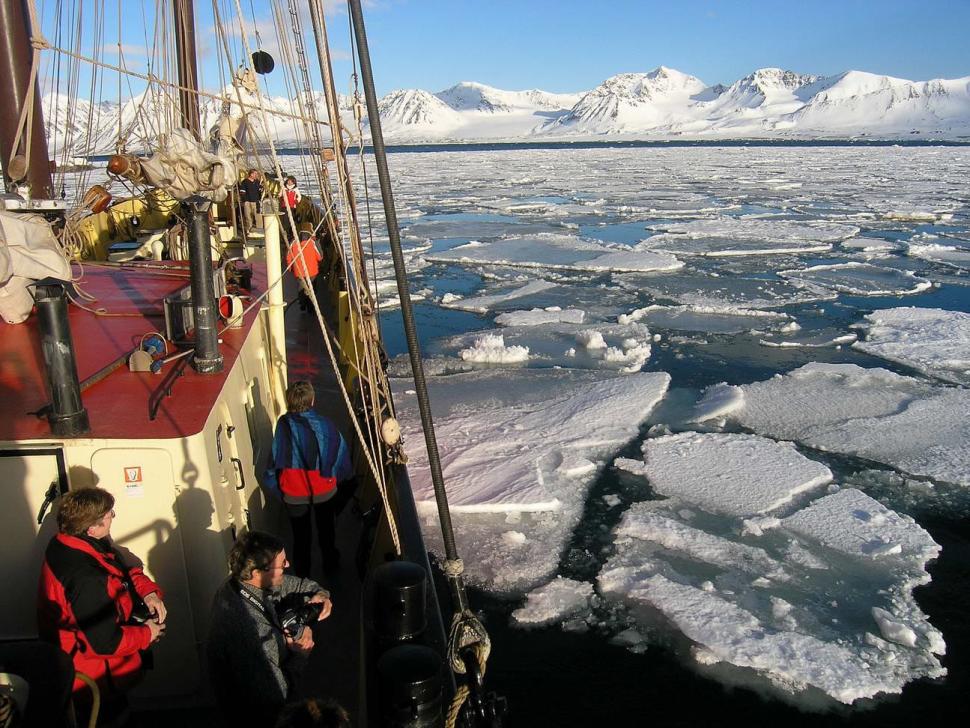
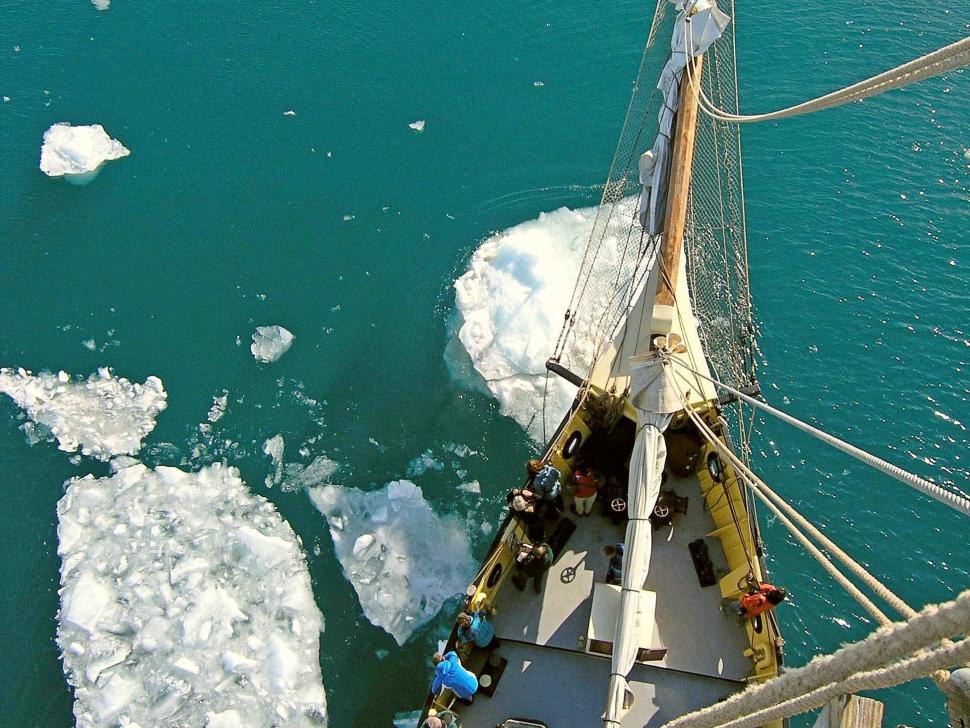
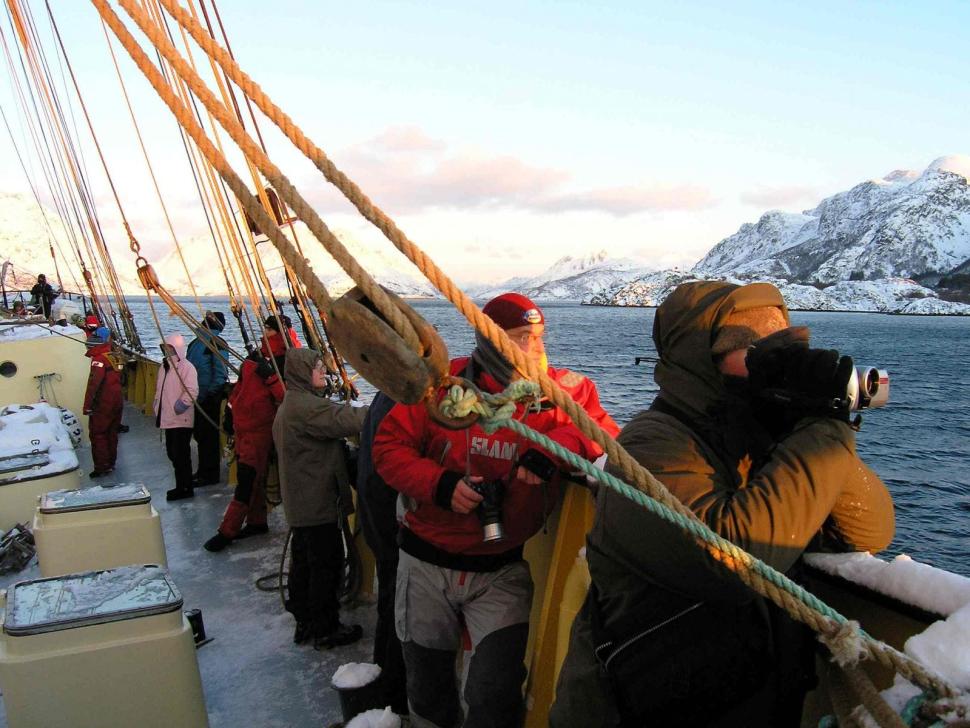

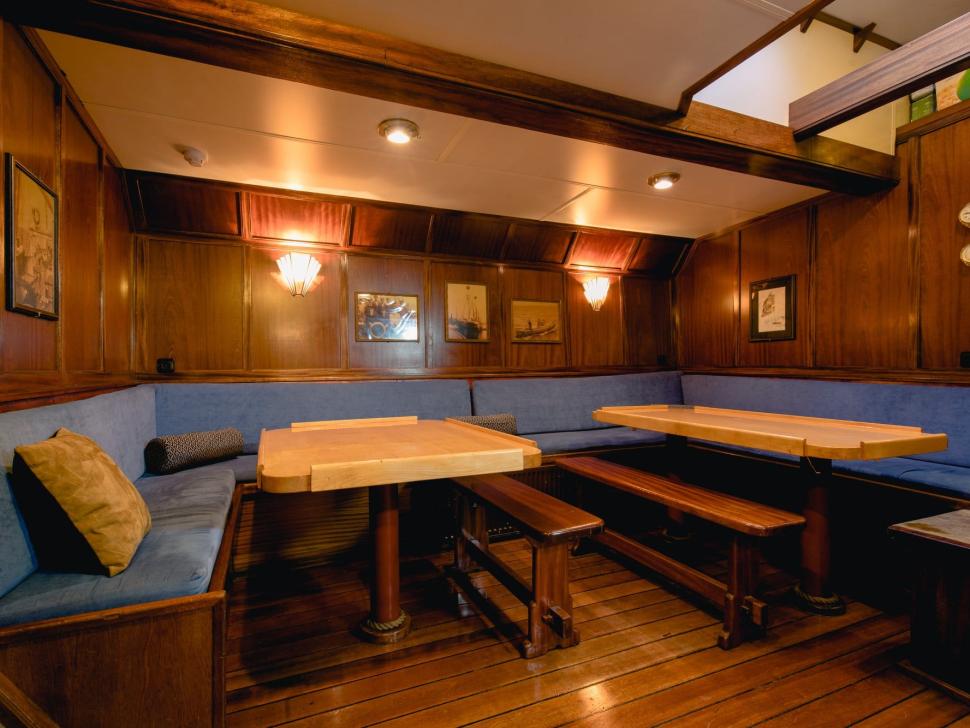
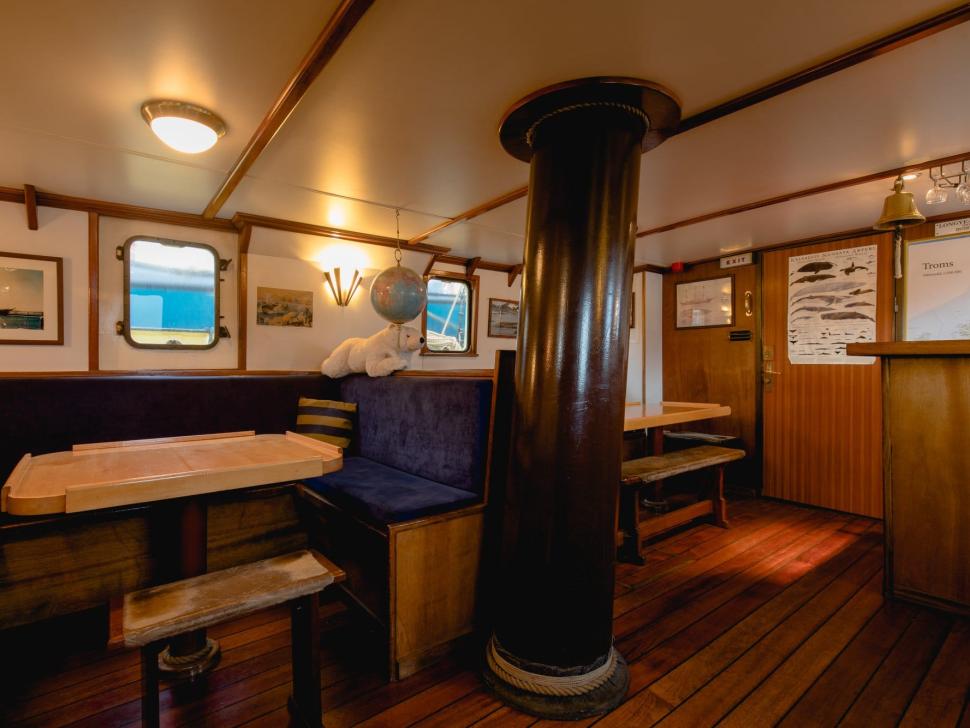


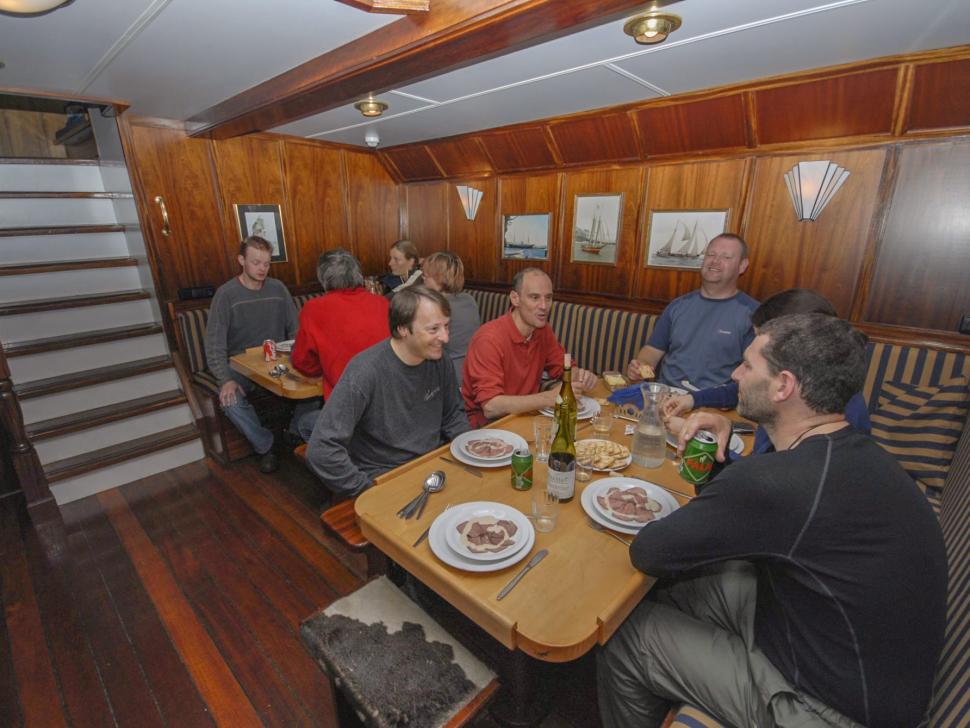
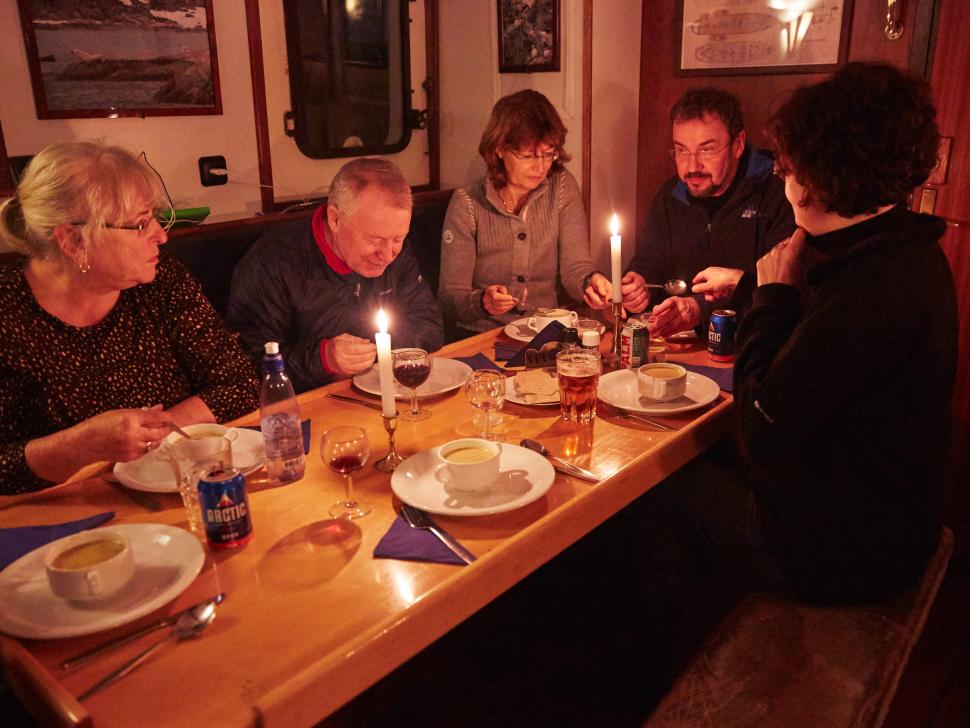


The 'Noorderlicht' is a beautiful two-masted schooner and extremely suitable for sailing the Arctic waters. it is a big lady with room for 20 sleepers. Together with her very experienced crew you can discover the Artic waters. Northern Norway, Lofoten and Spitsbergen are her favorite sailing area.
